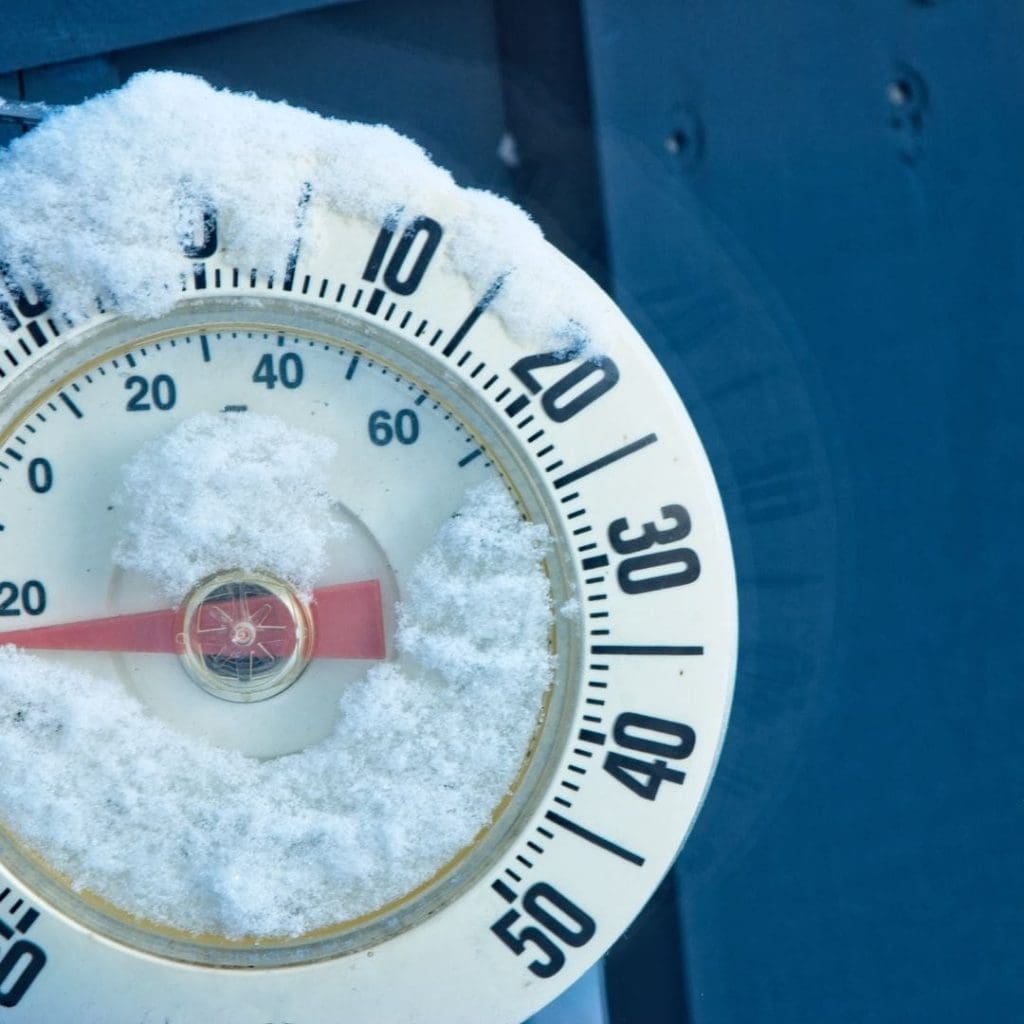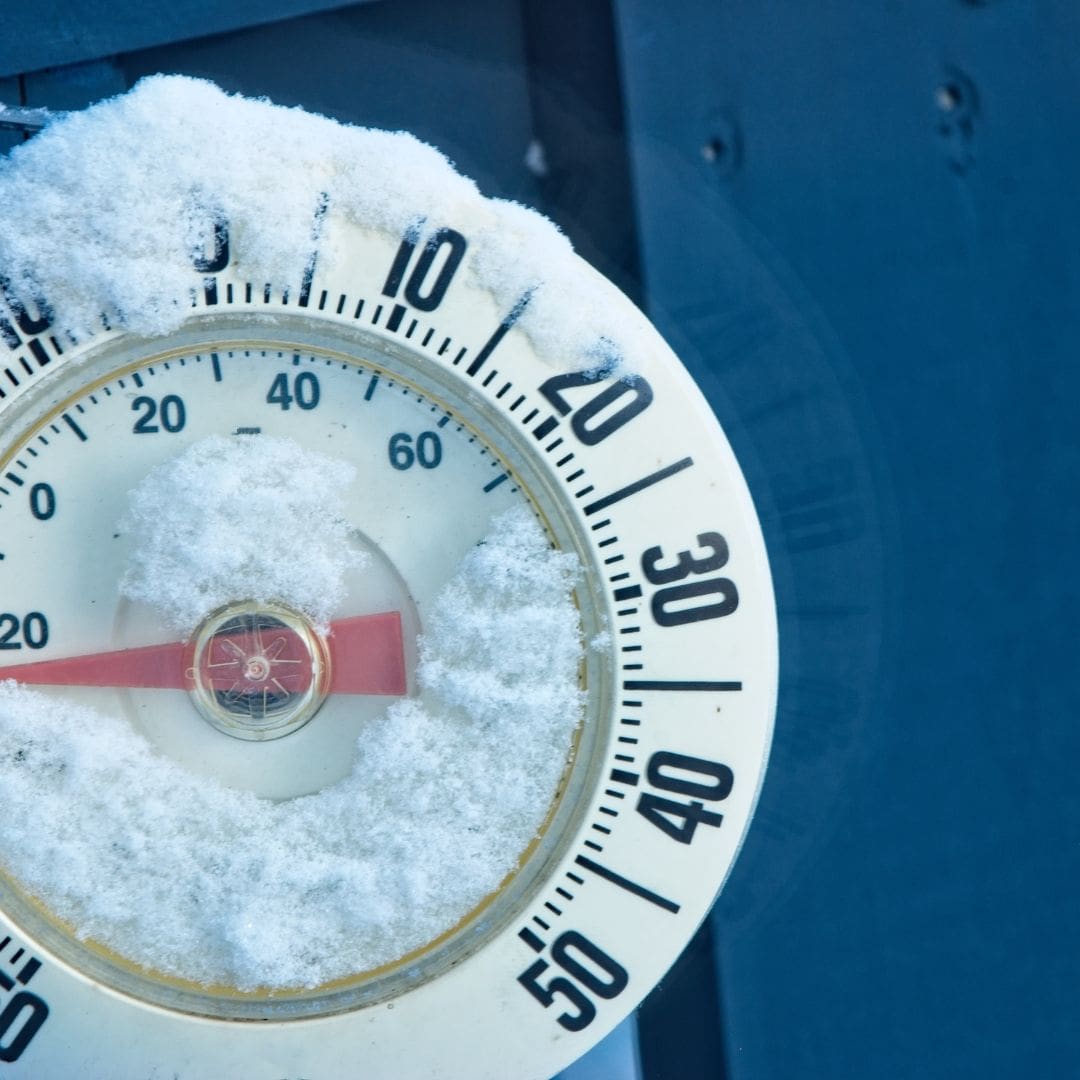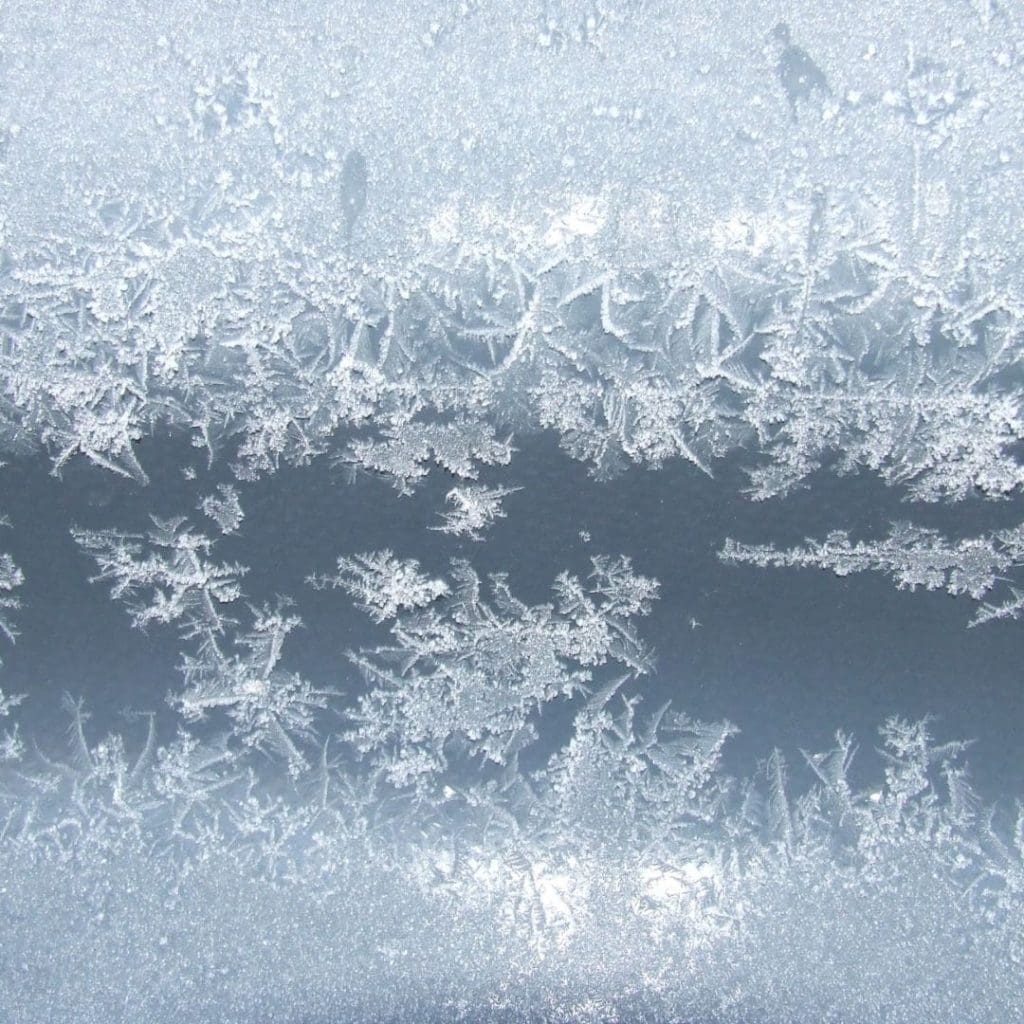Extremely cold air comes every winter in Wisconsin. Exposure to extreme cold can cause frostbite or hypothermia, and has the potential to be life-threatening. Anyone can suffer from cold-related health issues, but some people are at greater risk than others. They include older adults, young children, those who are sick, and those without adequate shelter. Being prepared is your best defense against extremely cold weather.
Terms Used During Extreme Cold
Cold Weather Advisory
Wind chill or temperature of -20°F in the next 12 to 24 hours.
Extreme Cold Watch
Wind chill or temperature of -30°F is possible in the next 24 to 72 hours.
Extreme Cold Warning
Wind chill or temperature of -30°F is imminent in the next 12 to 36 hours.
Wind Chill
Calculates wind speed at an average height of five feet, and temperature.
Polar Vortex
A large area of low pressure and cold air surrounding both of the Earth’s poles. Many times in winter, the polar vortex will expand, sending cold air south. There is no cause for alarm when hearing the term “polar vortex,” but be prepared for colder temperatures.

Health Concerns With Extreme Cold
Frostbite
Frostbite can happen in minutes, especially on extremities such as fingers, toes, noses, and ears. It can permanently damage the body, and severe cases can lead to amputation.
Symptoms: Redness or pain in any skin area, white or gray-yellow colored skin area, skin that feels unusually firm or waxy, numbness.
Treatment:
- Until you can get indoors:
- Don’t rub or massage cold body parts.
- Put your hands in your armpits.
- Hold onto another person or animal.
- Drink warm liquids.
- Put on extra layers of clothes, blankets, etc.
- Remove rings, watches, and any other tight jewelry or related items.
- Once indoors:
- Don’t walk on a frostbitten foot. You could cause more damage.
- Get in a warm, NOT hot, bath and wrap your face and ears in a moist, warm, NOT hot, towel.
- Don’t get near a hot stove or heater or use a heating pad, hot water bottle, or a hair dryer. You may burn yourself before feeling returns.
- Frostbitten skin will become red and swollen and feel like it’s on fire. You may develop blisters. Don’t break the blisters. It could cause scarring and infection.
- If your skin turns blue or gray, is very swollen, blistered or feels hard and numb even under the surface, go to a hospital as soon as possible.
Hypothermia
Hypothermia is caused by prolonged exposure to extreme cold. Your body begins to lose heat faster in cold temperatures and lengthy exposures will eventually lower your body temperature. Too low of a body temperature will affect the brain.
Symptoms: Shivering, exhaustion, confusion, fumbling hands, memory loss, slurred speech, drowsiness. In babies there can be bright red, cold skin, and very low energy.
Treatment: DON’T WAIT, TAKE ACTION. Get medical help immediately. If unable to get medical help right away:
- Get the person into a warm room or shelter
A person with severe hypothermia may be unconscious and may not seem to have a pulse or to be breathing. In such cases, handle the person gently, and get emergency assistance immediately.
- Perform CPR and continue CPR until the person responds or medical aid becomes available. Keep warming the person while performing CPR. In some cases, hypothermia victims who appear to be dead can be successfully resuscitated.
Protecting Yourself…
…Before Extreme Cold
- Be weather aware. Check the forecast at weather.gov, your preferred weather app, or local television or radio news. Make checking the forecast routine so you know what to expect.
- If possible, avoid being outside. Find a warm spot for your children while waiting for the school bus outside.
- Protect your pets and livestock. If you have pets or farm animals, make sure there is plenty of food and unfrozen water. Bring your pets indoors.
- Fill up your gas tank. Make sure your car or vehicle has at least a half tank of gas during extreme cold.
- Dress for the outdoors, even if you don’t think you will be outdoors.
- Update your vehicle’s emergency kit for winter.
- Learn how to shut off the water valves in your home, in case a pipe bursts.
- Check furnaces annually for efficient and safe operation before heating season arrives. Change your filters regularly, following manufacturer recommendations.
- Gather items you may need in case of a power outage.
- Keep a fire extinguisher on hand.
- Prepare for possible isolation by having a supply of dry, seasoned wood for your fireplace or wood-burning stove.
…During Extreme Cold
- Know the signs and symptoms of frostbite and hypothermia
- Cover exposed skin to reduce risk of frostbite and hypothermia
- Check media for emergency information and follow instructions from public safety officials
- Reduce outdoor activities for your family, including pets
- Dress in several layers of loose-fitting, lightweight clothing instead of a single heavy layer. Outer garments should be tightly woven and water repellant. Wear a hat, mittens, and sturdy waterproof boots. Cover your mouth with a scarf to protect your lungs.
- Follow safety precautions when using space heaters, a fireplace, or woodstove to heat your home:
- Keep space heaters three feet away from anything that can burn. Keep anything that can burn three feet from a fireplace, or wood-burning stove.
- If you lose heating, move into a single room. At night, cover windows and external doors with extra blankets or sheets.
- Wrap pipes in insulation or layers of newspaper covered in plastic to prevent them from freezing. Let a trickle of warm water run from a faucet to keep water moving through your pipes.
- If your pipes freeze, open all faucets all the way, remove any insulation around pipes. Heat the frozen pipe with a hair dryer or wrap with towels soaked in hot water. NEVER use an open flame to thaw pipes.
- Check with local officials or call 2-1-1 to find warming centers or shelters near you.
- Check on family, friends, and neighbors who may need extra help.


